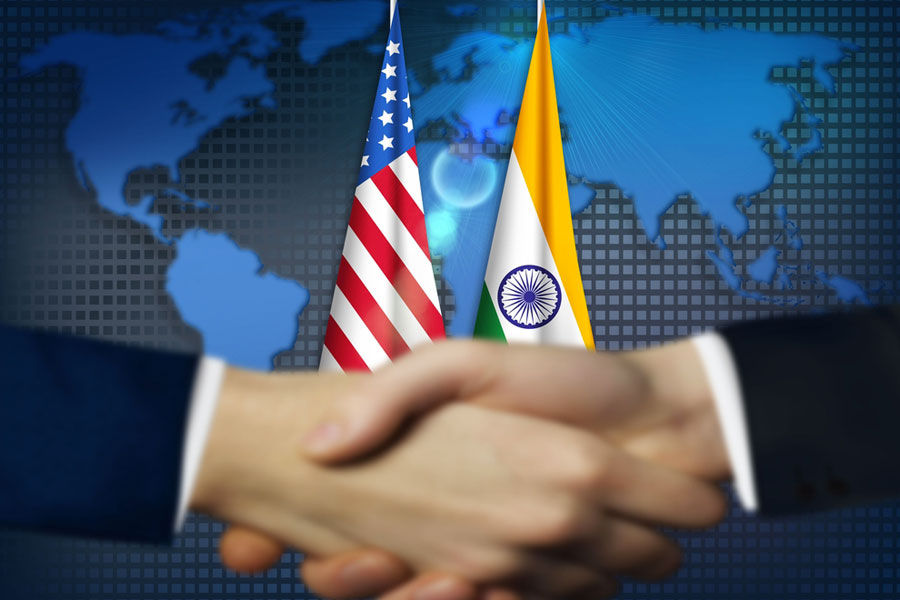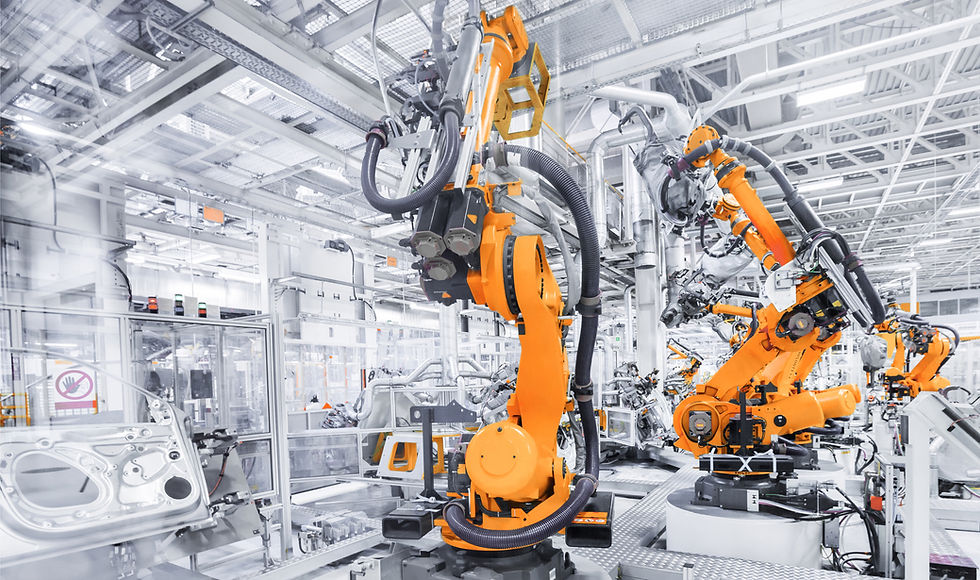Powering Partnerships: How U.S.–India Collaboration Can Drive Global Energy Resilience
- Aegion Aerospace
- Jun 25
- 3 min read

In a world of rising climate risks, fragile supply chains, and energy inequality, one of the most strategic collaborations of the 21st century is unfolding between the United States and India. Beyond diplomacy, this partnership holds the potential to transform how nations build resilient, sustainable, and equitable energy systems—not just for themselves, but for the world.
Why U.S.–India? The U.S. leads in deep tech innovation, grid modernization, and venture-scale climate investment. India brings massive renewable deployment capacity, frugal engineering, and one of the largest untapped energy transition markets on Earth. Together, the two countries represent not just complementary strengths—but a shared urgency to act.
Where Collaboration Is Already Happening
Over the past decade, the partnership between the United States and India has evolved from a policy framework into a powerful engine for clean energy deployment, innovation, and resilience. As the world confronts intensifying climate disruptions and the need for strategic energy autonomy, this bilateral relationship is producing real outcomes—across government, industry, and civil society.
What Has Already Been Done?
Under the U.S.–India Strategic Clean Energy Partnership (SCEP), both countries have advanced joint work in renewable energy grid integration, energy storage, smart grids, and sustainable fuels. The collaboration has also supported technology demonstrations in carbon capture and green hydrogen.
Through the India–U.S. Climate and Clean Energy Agenda 2030 Partnership, cross-border initiatives have focused on industrial decarbonization, expanding off-grid energy access, and fostering innovation in battery technologies and energy efficiency.
On the academic front, universities such as IIT Bombay, IISc Bangalore, and University of California campuses have participated in joint clean tech research, including work on perovskite solar cells, low-cost storage systems, and sustainable materials for battery electrodes.
The Millennium Challenge Corporation (MCC) and USAID have facilitated projects supporting distribution sector reform, performance-linked incentives, and capacity-building in India’s utility-scale renewables sector.
Private sector collaboration has surged as well, with Indian startups partnering with U.S. labs and investors on smart energy products—from rural microgrids to AI-based power management systems.
But the next frontier is not just bilateral leadership—it's bilateral community-led innovation.
How Communities Can Collaborate: Practical Recommendations
To ensure that this strategic partnership reaches the grassroots, the following collaborative models between U.S. and Indian communities can catalyze bottom-up innovation in energy resilience:
1. Local Energy Labs and Twinning Projects
Launch community energy hubs where U.S. rural electric cooperatives and Indian innovators jointly test technologies like microgrids, agri-solar systems, or biomass-to-power solutions.
Facilitate exchange programs between field engineers, technicians, and policy interns from local energy offices, enabling mutual learning on real-world deployment challenges.
2. Joint Innovation Fellowships
Create binational fellowships that pair emerging entrepreneurs from both countries to co-develop solutions such as affordable storage, smart inverters, or digital grid tools.
Involve academic institutions and public-sector labs to offer access to data, field challenges, and prototyping support for fellows.
3. Skills Transfer through Digital Bootcamps
Develop online and hybrid bootcamps on energy modeling, battery chemistry, policy simulation, or solar project management—geared towards students, rural innovators, and women engineers.
Enable mentorship from clean tech leaders in Silicon Valley and Austin to aspiring startups in Chennai, Jaipur, or Guwahati.
4. Decentralized Financing Models
Share replicable templates of community-based financing mechanisms, such as U.S. green banks, India’s Self Help Groups (SHGs), and distributed RE investment trusts.
Encourage cross-border crowdfunding platforms and impact financing tools to support decentralized energy access, with transparency and community ownership at their core.
Why It Matters
The energy transition will not succeed if led by tech alone. It needs trust, inclusion, and mutual learning. India offers scale and social innovation. The U.S. offers resources and frontier tech. When these strengths combine at the community level—not just in summits or MNCs—the impact becomes real and lasting.
Vision 2060 envisions a future where these collaborations don’t just reduce emissions—but build bridges, empower citizens, and create decentralized, sovereign energy systems that no single crisis can break.
Let’s make energy a language of cooperation.



Comentários